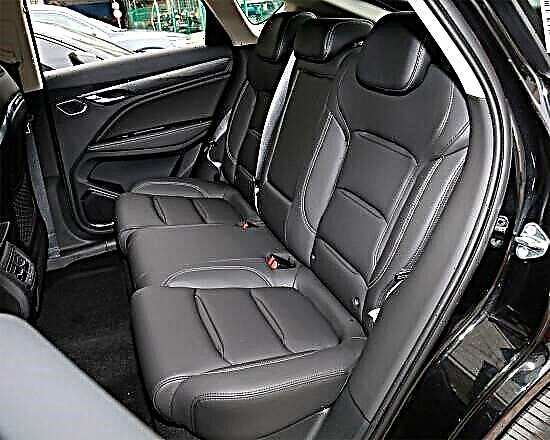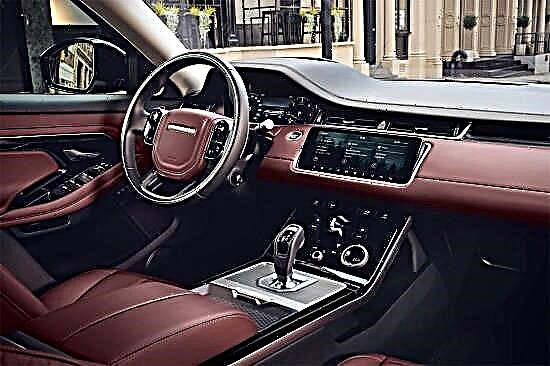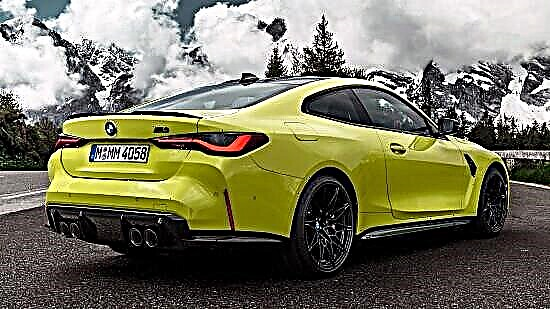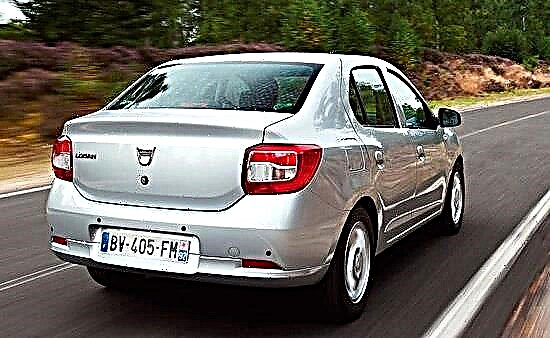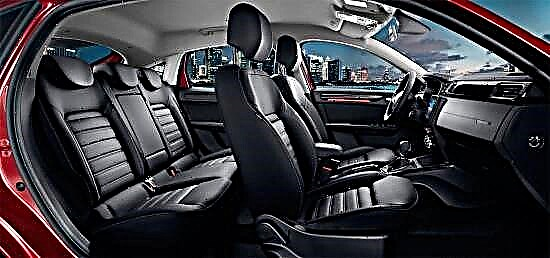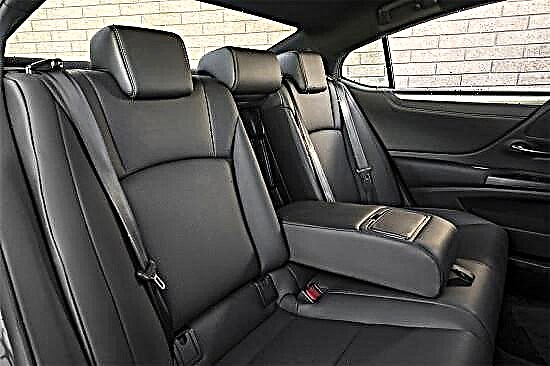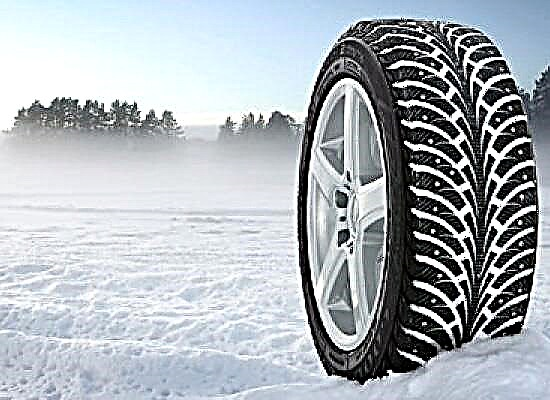Which winter tires to choose - narrow, wide or medium-sized? Many motorists argue on this score, and some of them do not pay attention to this at all, and in vain - an incorrectly selected width can eradicate all the advantages of even the most "sophisticated" tires. In order to answer the question posed as qualitatively as possible, we carried out a test in real conditions, in which a front-wheel drive car and three sets of wheels took part: 225/45 R17 and 205/55 R16 and 195/65 R15.

The first exercises that all "subjects" underwent were acceleration from standstill up to 45 km / h and braking from 44 km / h to 5 km / h on packed snow with included systems ESP and ABS. And I must say, all tires showed approximately identical results: when accelerating, the 15-inch 195/65 wheels were slightly ahead of the rest, but when decelerating they required 40 cm more distance than the wide "brothers". Well, the 16-inch tires 205/55 proved to be the most stable.
In tests for handling on a snow track tires of different sizes showed completely different behavior. On the narrowest wheels, the car behaves nervously and not always predictably, easily rushes into a skid, which takes a considerable amount of time to stabilize. But even with such a dangerous state of affairs, the front-wheel drive car with "195" tires showed the best lap time, and all due to the fact that oversteer in "combat" mode is at hand.
The 205/55 R16 variant has become the most stable of all again, allowing you to move quickly and safely at the same time. Among their advantages are neutral understeer and unobtrusive turning of the rear end under the throttle release.
But the widest tires turned out to be less predictable - if at low speeds they demonstrate a "calm" disposition, then after accelerating when cornering, they lose grip.
Those. in this test, the mid-size tires turned out to be the best, because the 195/65 R16 wheels are inherently oversteer, and the 17-inch 225/45, on the contrary, understeer.
Having dealt with the snow procedures, you can go on to ice tests, and first of all again acceleration and hard braking on ice, but only with slightly different speeds - from 5 km / h to 31 km / h and from 30 km / h to 5 km / h, respectively. Tires 205/55 R16 showed excellent grip on the road surface, so with them the car confidently accelerates and decelerates, while the narrowest wheels have almost the same results. But on wide variants 225/45 R17, the car rolls much further - more than two meters. It should be noted that the spikes for 225 mm tires protrude by 0.9 mm, for 205 mm - by 1.1 mm, and for 195 mm - by 1 mm.
The bottom line is that the "thickest" tires did not cope with the test, showing poor results both during acceleration and during braking, but the rest of the representatives performed with similar results.
The last test for all "test subjects" - handling on ice with completely disabled ESP. And again, low and wide wheels with dimensions 225/45 R17 became outsiders - grip with the road is poor, which is why even at low speeds the car starts to "wag its tail", and the steering wheel shows weak effort, as a result of which the connection with the front wheels is practically not felt ...
Tall and narrow 15-inch 195/64 tires are another matter! The car literally bites into the ice, but during normal driving, you have to wield a lot of the steering wheel - the reason for this is the profile size. As the speed increases, understeer begins to manifest itself clearly, so it is almost impossible to achieve rear end slip.
Wheels 205/55 R16 stand out with even better grip on the ice surface, thanks to which the car behaves balanced and safe and requires less steering when overcoming corners.
After performing a test cycle, you can make concrete conclusions... 205/55 R16 tires showed excellent results in all disciplines, and narrow 195/65 R15 tires were slightly worse. The latter need more steering action, and due to understeer, they can confuse the inexperienced driver.
But the wide "225" wheels failed almost all the tasks - they do not cling well to the ice, as a result of which the front-wheel drive car constantly strives to turn around, and make it necessary to work quickly with the steering wheel in the direction of a skid. In addition to this, an unexpected drift of the front axle may begin, which will continue for a long time.


